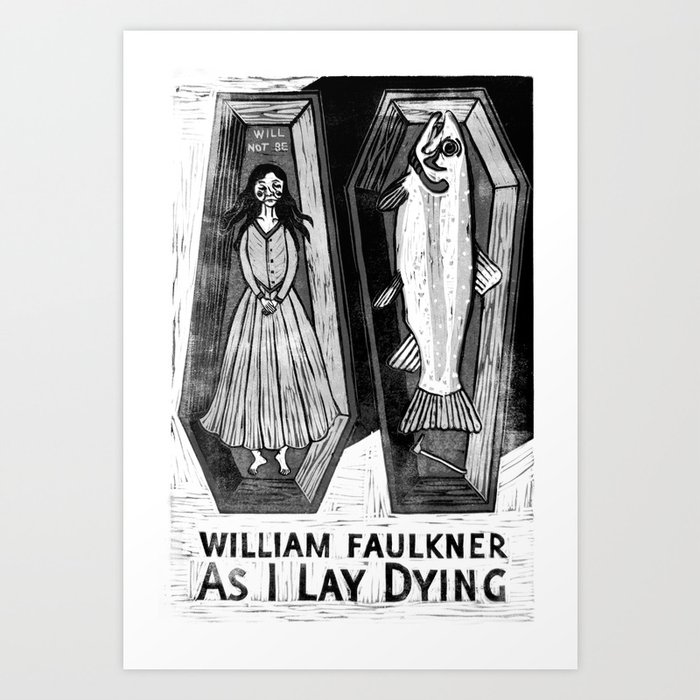 |
| I read Little Monsters as a tween same-sex love story |
Fred Savage (Kevin Arnold!)
In the 1990s, the movie gained wider distribution on American cable television which is how I most likely saw it for the first time. The movie stars the boyish actor Fred Savage. He plays Brian, a sixth grader who discovers that there are really monsters under his bed. As a kid, I liked the juxtaposition between a monster world and the real world - and I was transfixed by the way in which the film jumped back and forth between a staid Middle America suburban landscape and the carnivalesque world of the monsters.
In the 1990s, the movie gained wider distribution on American cable television which is how I most likely saw it for the first time. The movie stars the boyish actor Fred Savage. He plays Brian, a sixth grader who discovers that there are really monsters under his bed. As a kid, I liked the juxtaposition between a monster world and the real world - and I was transfixed by the way in which the film jumped back and forth between a staid Middle America suburban landscape and the carnivalesque world of the monsters.
About twenty years have elapsed since the movie was released; and I'm interested about what Little Monsters was telegraphing about what it means to be male, to be interested in "adult things," but to also remain a kid. It's obvious now - but movies like Little Monsters were remarkably heterosexual. In the film's preamble, Brian sneaks into the kitchen when everyone is asleep to watch (what looks like the Playboy channel) and makes a peanut butter and onion sandwich to eat in front of the TV.
I suppose the scene sets up Brian's loneliness as a kid (i.e., eating a snack in the middle of the night all by himself) and to highlight his burgeoning curiosity in women (i.e., ogling a female actress wearing a bra). As writers like Jeffery P. Dennis have pointed out, boys going girl crazy at twelve-years-old is a relatively new feature of Hollywood films. It almost feels necessary in a film today - the boy protagonist has to have some younger (or older) female foil - he has to be interested in girls - or so we are led to believe. Just look at any film targeted to younger audiences, even the most family-oriented films like Goonies (which was made in 1985) and you can see this narrative element play itself out - Sean Astin's character Mikey is mistaken in the dark by his older brother's girlfriend and makes out with her off-screen. It's a gag - and it is meant to make viewers laugh - but it also presents Mikey, who is about the same age as Brian - as primed and ready for girl-craziness.
 |
| Brian has a thing for peanut butter and onion sandwiches |
White Middle-Class America
I'm fixated on race in American movies older than twenty years. If I am not mistaken, the only character of color in Little Monsters is a short cameo by Magbee, a black actor, who plays Brian's school bus driver. Brian's classmates are typically middle class, his school is fairly caucasian, and the film's adult characters seem to inhabit the mostly yuppie world the late 80s and early 90s seemed to project - material wealth and strategic brand placement. For example, don't you want to eat a bag of Doritos after watching this movie?
As an adult, it is unsettling for me to watch a movie like Little Monsters, because when I watched it as a kid I was not looking at the film with a critical view. However, looking at it now, I must have been influenced in the way the film shapes a narrative about masculinity. I think it matters to think critically about movies we watched as children because as adults or nostalgia for the films of our youth can cloud our judgment. I'm amazed by how many of my peers who have children love having their kids watch the same movies we grew up with as kids. It's funny how the passage of time makes a Hollywood sacred. What's so great, for example, about Brian? I certainly was not the same as Brian. But I knew kids like Brian and privately I wanted to be like the Brians of the world. They were not especially academically minded but the Brians of my youth had a masculine charm that Fred Savage was certainly able to market - which is why he has become a teen star icon.







